Nestled in the lush Sonoran Desert with the Santa Catalina Mountains serving as a picturistic backdrop, Tucson effortlessly blends vibrant culture and quintessential Southwestern charm into one captivating destination. Nicknamed “The Old Pueblo” thanks to its long history and dig-worthy archaeology sites, Arizona’s second-largest city offers no shortage of can’t-miss attractions and bucket-list diversions waiting to fill your itinerary.
| Activity | Description |
|---|---|
| Sabino Canyon | Hiking or biking in Coronado National Forest. |
| Arizona-Sonora Desert Museum | A zoo, botanical garden, and more in one. |
| Flandrau Science Center & Planetarium | Astronomy and science exploration. |
| Food Tour | Discover Tucson’s culinary scene. |
| Murals | Explore Tucson’s vibrant street art. |
| Mission San Xavier del Bac | Historic Spanish colonial mission. |
| Dude Ranch Experience | Enjoy traditional ranch activities. |
| Downtown Barrio Viejo | Shop and explore in a historic neighborhood. |
| Hotel Congress | Historic hotel with unique charm. |
| Catalina State Park | Wildlife viewing and hiking. |
| DeGrazia Gallery in the Sun | Art gallery featuring Southwestern culture. |
| Community Events | Participate in local cultural and art events. |
From exploring iconic national parks and monuments showcasing the region’s distinctive cacti to learning about fascinating Wild West lore and barrio food tours tasting Tucson’s beloved Sonoran-style Mexican cuisine, this sprawling desert city overflows with opportunities to uncover what makes it unlike anywhere else.
Keep reading to discover the 12 top things to add to your travel checklist for an unforgettable look at Tucson’s colorful heritage, epic landscapes, and the welcoming spirit that keeps visitors returning to uncover more hidden gems scattered throughout sunny southern Arizona.
Hike or Bike Sabino Canyon in Coronado National Forest
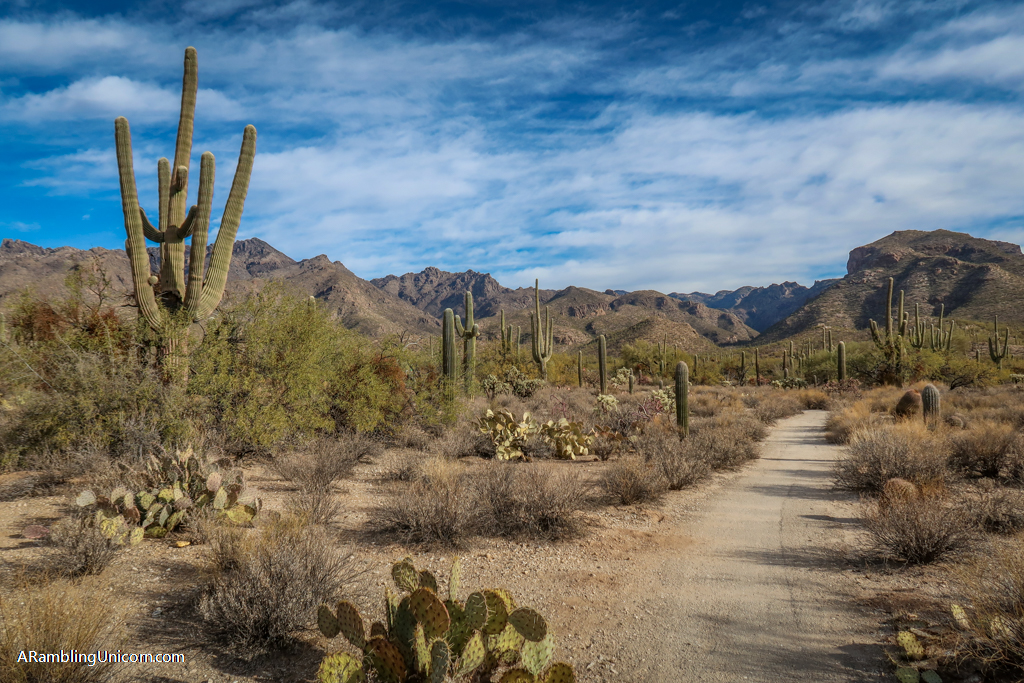
Name and Location: Sabino Canyon is a natural reserve within Coronado National Forest, located in Tucson, Arizona.
History and Significance: Sabino Canyon has a rich history, serving as a home and refuge for native peoples and later as a recreational site. Its unique desert landscapes and water features make it a significant natural area.
What to Expect: Visitors can enjoy hiking or biking along the numerous trails that offer stunning views of the canyon, desert flora, and fauna.
Visitor Information: The area is open to the public with a parking fee. There are restrictions on biking times and areas, so checking in advance is recommended.
Carved out over thousands of years by seasonal storm waters streaming down from the lofty Santa Catalina peaks, Sabino Canyon provides a remarkable glimpse into the Sonoran Desert’s riparian habitats and precarious water ecology. The popular recreation area located minutes from Tucson offers nearly 60,000 acres of pine forests, prickly cacti fields, and gushing mountain streams to satisfy outdoor lovers of all interests either on foot, horseback, or bicycle wheels.
Nearly 10 miles of trail spans everything from easy nature walks and photography hot spots to steeper challenges engaging more skilled hikers. Or rumble over rocky terrain past cottonwoods and canyon views aboard Sabino Canyon Tram covers touring the area with informative narration detailing this beloved corner of the Coronado National Forest. However you opt to traverse slopes dotted with saguaro sentinels, Sabino Canyon’s easily accessible trails and epic scenery make for quintessential Tucson.
Tour the Arizona-Sonora Desert Museum

Name and Location: The Arizona-Sonora Desert Museum is located to the west of Tucson, Arizona, near Saguaro National Park.
History and Significance: This museum is a world-renowned zoo, natural history museum, and botanical garden, all in one. It offers a comprehensive view of the Sonoran Desert’s life.
What to Expect: Visitors will experience live animal exhibits, walking paths through desert landscapes, and educational displays about the desert ecosystem.
Visitor Information: Admission fees apply. The museum is open daily, with hours varying by season. It’s best to visit in the morning to avoid the heat and see the animals when they are most active.
Part zoo, botanical garden, natural history museum, and aquarium blending together, the Arizona-Sonora Desert Museum stands as one of Tucson’s not-to-be-missed attractions. Get eye-level with playful river otters or lean in towards the coyote exhibit to admire the taxidermy detailing on these resilient desert dwellers. Nearby, a hummingbird aviary lets you observe countless energetic birds zipping to-and-fro sipping nectar. Meander elevated walkways through an authentic cave dwelling while learning about bygone indigenous ways of life, then contrast it against adobe-style architecture and artifacts left behind at the museum’s recreated turn-of-the-century pueblo.
Despite spanning 98 acres, creative layouts, ample seating, and shuttles between sections make taking it all manageable for mobility needs. From whiskered javelina families to specimens detailing some of earth’s oddest lifeforms, the Arizona-Sonora Desert Museum brings the region’s interwoven human and natural histories together through immersive indoor exhibits and outdoor trails strolling past cactus gardens and animal habitats for experiences engaging visitors of all ages.
See the Stars & Planets at Flandrau Science Center & Planetarium

Name and Location: Flandrau Science Center & Planetarium is located on the University of Arizona campus in Tucson.
History and Significance: Established to educate and inspire people of all ages about science and the universe, the center features exhibits on various scientific topics, including astronomy.
What to Expect: Visitors can enjoy planetarium shows, hands-on science exhibits, and the chance to observe celestial objects through telescopes.
Visitor Information: There are admission fees for the planetarium and some exhibits. It’s recommended to check the schedule for shows and events in advance.
Gazing into southern Arizona’s crystal-clear night skies first inspired Tucson astronomer Charles Flandrau, whose legacy continues today through the science center and planetarium bearing his name on the University of Arizona campus. During the day, visitors can freely explore the science center’s rotating hands-on exhibits highlighting space exploration or experience virtual reality simulations that recreate the surface of Mars in vivid detail.
But the real magic happens once the sun goes down inside Flandrau’s planetarium theater. Reclining seats tilt backwards while a new Digistar 6 projector beams immersive shows overhead recreating astonishingly realistic depictions of eclipses, cosmic cloud formations, and distant galaxies. With public star parties and kids’ astronomy camps held periodically, Flandrau Science Center & Planetarium offers budding stargazers daily opportunities to learn about the cosmic mysteries of our universe told vividly against Arizona’s big southwestern skies.
Take a Food Tour of Downtown Tucson & Beyond
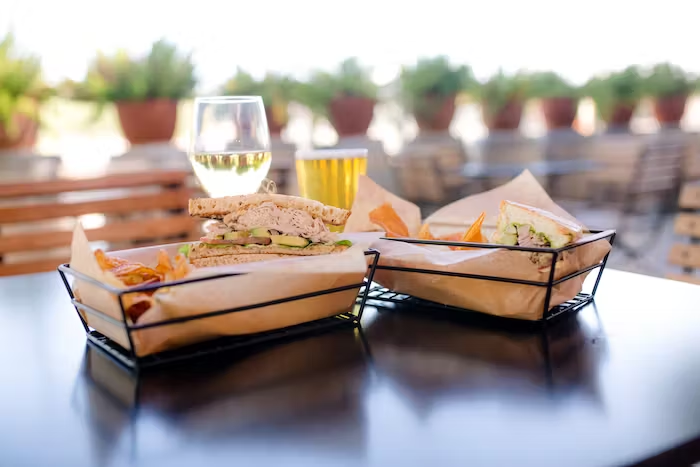
Name and Location: Downtown Tucson, Arizona, is the starting point for various food tours that explore the city’s rich culinary scene.
History and Significance: Tucson is a UNESCO City of Gastronomy, recognized for its vibrant food culture that incorporates Native American, Mexican, and frontier influences.
What to Expect: Participants will sample dishes from multiple restaurants and food spots, learning about the local cuisine’s history and cultural significance.
Visitor Information: Tours require advance booking and have a fee. They can vary in length and the number of tastings included.
Between its cult-loved Sonoran-style dishes and chordate carne asada tacos earning Tucson designation as the first UNESCO City of Gastronomy in the United States, exploring local specialties makes for a mouthwatering way to dive into the city’s celebrated food scene. Convenient downtown walking tours hit up long-running family taquerias dishing up al pastor sliced fresh from spinning trompos then contrast it against upscale Latin fusion arriving beautifully plated yet packing plenty of regional heat. Or opt for bike-led tours covering more ground to sample craft brew stops pouring bold Arizona IPAs or unique fusions like Thai rolled ice cream reinvented through Tucson’s distinctive palate preferences.
Expert local guides set proper context behind cultural staples like puffy sopaipillas dripping with honey or chiles rellenos peppered generously with piquant spices. For visitors and newcomers alike, fun and filling food tours reveal Tucson’s seismic culinary identity developed over centuries of blending borderland traditions into one amazing melange of unforgettable flavors.
Check Out Tucson’s Vibrant Murals

Name and Location: Throughout Tucson, Arizona, especially in the downtown area and Barrio Viejo, vibrant murals adorn building walls.
History and Significance: These murals reflect Tucson’s diverse cultural heritage and community spirit, with many works highlighting social, historical, and environmental themes.
What to Expect: Visitors can enjoy a self-guided tour to view these colorful and often thought-provoking pieces of public art.
Visitor Information: The murals can be viewed at any time, free of charge. Maps or guides to the murals may be available online or at local visitor centers.
Splashed colorfully across countless building facades in downtown and surrounding neighborhoods, Tucson’s vivid street art makes uncovering amazing murals a compelling DIY adventure unfolding block-to-block. Many depict iconic Tucson imagery like towering saguaros, desert wildlife, or nods towards native Tohono O’odham culture still thriving across southern Arizona. Others capture more distinctive tableaus, whether a five-story tall Frida Khalo self-portrait looming larger-than-life or surreal desert landscapes interwoven with whales floating through painted skies.
Several organized walking and bike tours hit up curated collections to appreciate techniques behind the artistry or hear first-hand experiences from local artists themselves. But plenty of standout gems are freely accessible across districts like the Mercado District with its exploded color palette or along 4th Avenue’s bohemian boutiques framed by an ever-evolving lineup of new designs. With dramatic large-scale murals found in abundance, Tucson makes channeling your inner street art connoisseur rewarding around nearly every corner.
Marvel at the Mission San Xavier del Bac
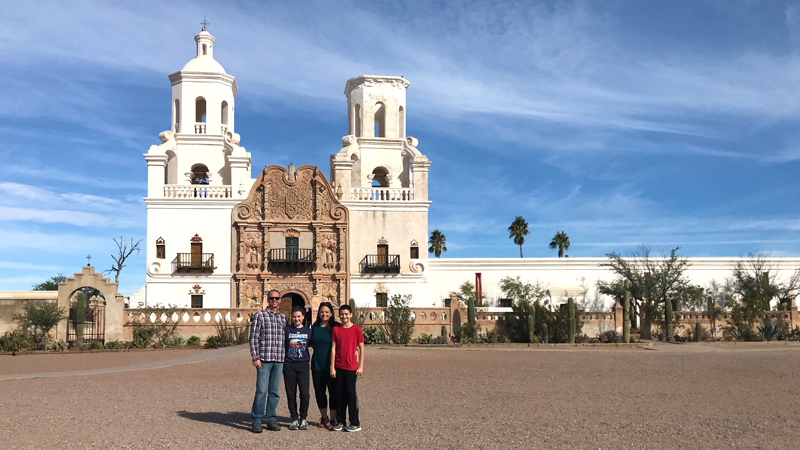
Name and Location: Mission San Xavier del Bac is located about 10 miles south of downtown Tucson, on the Tohono O’odham Nation reservation.
History and Significance: Founded in 1692, this historic Spanish Catholic mission is one of the oldest intact European structures in Arizona, known for its stunning baroque architecture and art.
What to Expect: Visitors can tour the mission church, admire its intricate art and architecture, and learn about the history of the area and its Native American and Spanish heritage.
Visitor Information: The mission is open to visitors daily, with no admission fee, though donations are appreciated. Guided tours may be available.
Founded in 1692 and set dramatically against the towering Tucson Mountains, the iconic Mission San Xavier del Bac stands today as an enduring icon of Spanish colonial occupation and Catholicism’s deep roots across what later became Arizona. Nicknamed “The White Dove of the Desert” thanks to its pristine white stucco and twin bell towers evoking wings in flight, the visually striking mission dazzles even from afar before visitors cross its imposing carved mesquite door. Inside, original statues, altar screens, and paintings inspire awe with talent and techniques honed when the mission first appeared along an isolated stretch of Santa Cruz River.
Outside the sanctuary, visitors wander peaceful patios and meditative grottos accented by white-washed walls that brilliantly contrast against vibrant blue desert skies. Whether appreciating San Xavier’s significance as the “Sistine Chapel of the Desert” or soaking up untamed landscapes surrounding this National Historic Landmark, one visit effortlessly transports you centuries back through Tucson’s intricate storyline.
Saddle Up for a Dude Ranch Experience
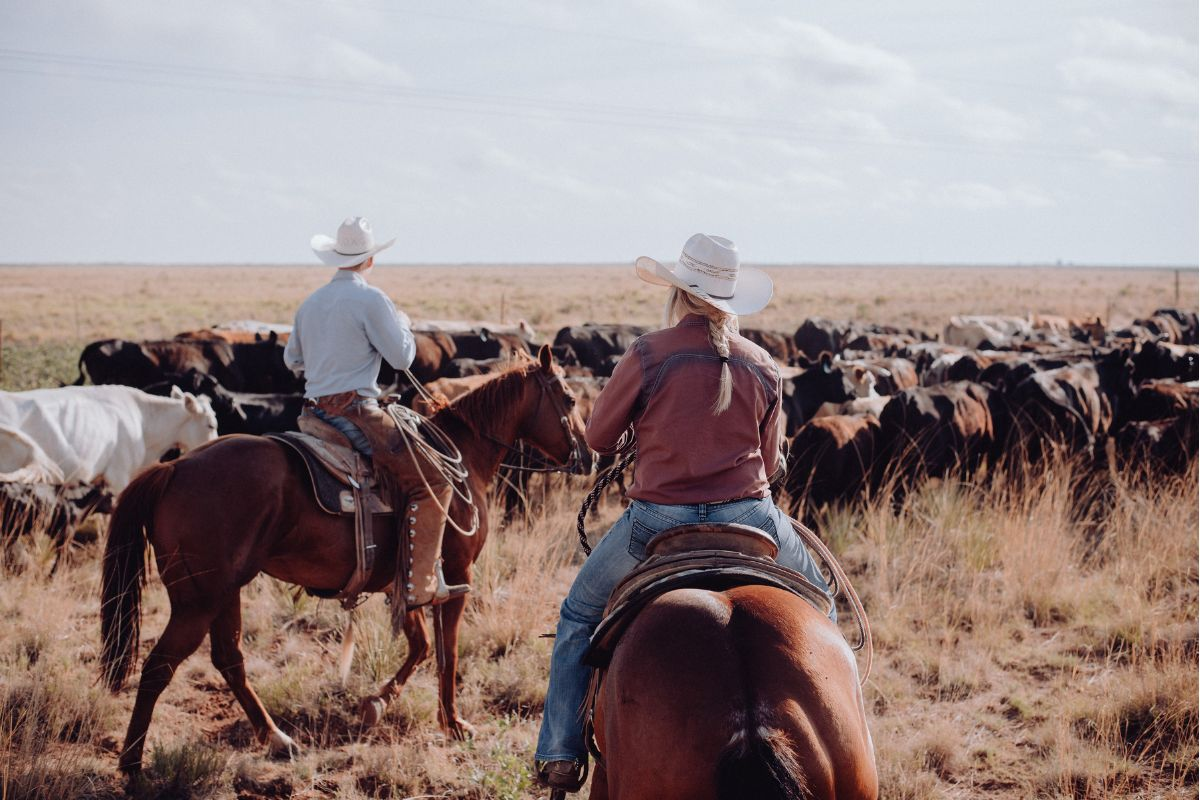
Name and Location: Various dude ranches are located in the outskirts of Tucson, Arizona, offering authentic Western experiences in the desert landscape.
History and Significance: Dude ranches in the Tucson area offer a glimpse into the cowboy lifestyle, with roots going back to the early days of ranching in the American West.
What to Expect: Guests can enjoy horseback riding, hiking, and other outdoor activities, along with comfortable accommodations and hearty meals.
Visitor Information: Advance reservations are required, with options ranging from day visits to week-long stays. Prices vary by ranch and package.
Embody your inner wrangler courtesy of Tucson’s Old West-style dude ranches letting visitors temporarily trade real life for a down home ranch getaway. Family-friendly spots like White Stallion Ranch or Tanque Verde Ranch offer all-inclusive escapes delivering scenic horseback rides across the desert timed perfectly for unforgettable pink and orange-hued sunset views. Afterwards, kick up your cowboy boots barn dances, sip local wines around evening campfires, or relax in private cabins outfitted with cowboy-chic decor and front porch rocking chairs.
Some ranches present fast-paced adventures with cattle drives, while others focus on slower-paced hospitality perfect for multi-generational vacations. But no matter what ranch stay speaks your inner cowpoke, Tucson’s welcoming western vibes deliver on quintessential desert immersion from backcountry trail rides to mesquite-grilled meals underneath star-splattered night skies.
Shop & Explore Downtown Barrio Viejo

Name and Location: Downtown Barrio Viejo, near the heart of Tucson, Arizona, is known for its historic adobe buildings and vibrant cultural scene.
History and Significance: This historic neighborhood showcases Tucson’s Mexican and Spanish colonial past, with well-preserved architecture and a strong sense of community.
What to Expect: Visitors can explore art galleries, shops selling local crafts, and restaurants offering traditional Mexican cuisine.
Visitor Information: The area is best explored on foot. Many businesses are open daily, but hours can vary, so checking in advance is recommended.
One of Tucson’s most vibrant central districts, the Barrio Viejo neighborhood delivers an intoxicating mix of neon-lit taprooms, indie boutiques, and some of the city’s most stunning architectural examples spotlighting Mexican American heritage. Once downtrodden, today the historic neighborhood embraces revitalization through shelters-turned-breweries and restored adobe row homes housing trendy shops alongside beloved Mexican bakeries and tucked-away taquerias slinging time-honored Tucson tastes.
Don’t miss the architectural centerpiece La Pilitasintersection where the iconic copied Mexican Mercado marquee of La Cocina presides over the surrounding sidewalk scene. Nearby, Borderlands Brewing quenches thirst by reinventing a 1930s motor court into a funky hangout pairing rich stouts with spicy carne asada tacos from a window wowed food truck. For authentic glimpses into the cultural heartbeat Tucson’s Mexican American community keeps pumping, no visit feels complete without an afternoon getting happily lost down colorful alleys revealing Barrio Viejo’s one-of-a-kind magic.
Pay Homage to Tucson Oddities at Hotel Congress

Name and Location: Hotel Congress is a historic hotel and entertainment venue located in downtown Tucson, Arizona.
History and Significance: Opened in 1919, Hotel Congress is known for its eclectic decor and as the site of the capture of gangster John Dillinger in 1934. It plays a central role in Tucson’s cultural and social life.
What to Expect: Visitors can enjoy live music, dining, and unique events in a setting filled with vintage charm and quirky details.
Visitor Information: The hotel and club host various events throughout the year. It’s advisable to check the schedule and possibly book accommodations or event tickets in advance.
As downtown Tucson’s longest continually operating hotel merging funky charm with no shortage of ghosts and gangster lore, the Hotel Congress transports guests between eras while standing as an attraction all its own. First opened in 1919 to welcome early rail travelers, the hotel hit national headlines after catching fire leading to the dramatic arrest of John Dillinger and his crew of fugitive bank robbers hiding out under fake names back in 1934. Explore the basement cells where Dillinger briefly stayed while cuffed, then contrast the historic nooks against present-day attractions like lively music club Club Congress.
Don’t leave without weaving through the quirky Cup Cafe brimming with rock and roll decor or the lively taproom slinging prickly pear margaritas named after the hotel’s resident apparition. For an interactive crash course into Tucson’s storied past and present poured together under one uniquely Congress roof, nowhere else quite captures the city’s distinctive personality spanning centuries like the always entertaining Hotel Congress.
See Wild Javelina at Catalina State Park

Name and Location: Catalina State Park is located on the northern outskirts of Tucson, at the base of the Santa Catalina Mountains.
History and Significance: The park is a natural habitat for a variety of desert wildlife, including the javelina, a native peccary that resembles a wild boar.
What to Expect: Along with the chance to see javelina, visitors can enjoy hiking, bird watching, and the stunning desert landscape.
Visitor Information: There is an entrance fee for the park. It’s open year-round, offering campsites, picnic areas, and trails.
Nestled against the rugged Santa Catalina Mountain Range with 54,000 acres of pristine Sonoran Desert wilderness just minutes from downtown Tucson, Catalina State Park stands poised as the ideal place to encounter wild javelina who call this landscape home. While out hiking scenic trails that meander past towering saguaros then dip into ridgelined canyons, keep eyes peeled to perhaps spot entire families foraging prickly pear cactus or even tiny spotted piglets venturing out close behind protective mothers.
If lucky, you might glimpse lone males with fierce curved tusks on full display that males use sparring other suitors during winter mating seasons. Beyond spotting javelina, the park offers exceptional birdwatching from owls nesting inside saguaro cavities to red-tailed hawks riding thermals high overhead. And helpful naturalist programs at the visitor center share great tips for safely admiring Tucson’s iconic southwestern wildlife inhabitants going about their day across Catalina State Park’s majestic desert ecosystems.
Experience DeGrazia Gallery in the Sun
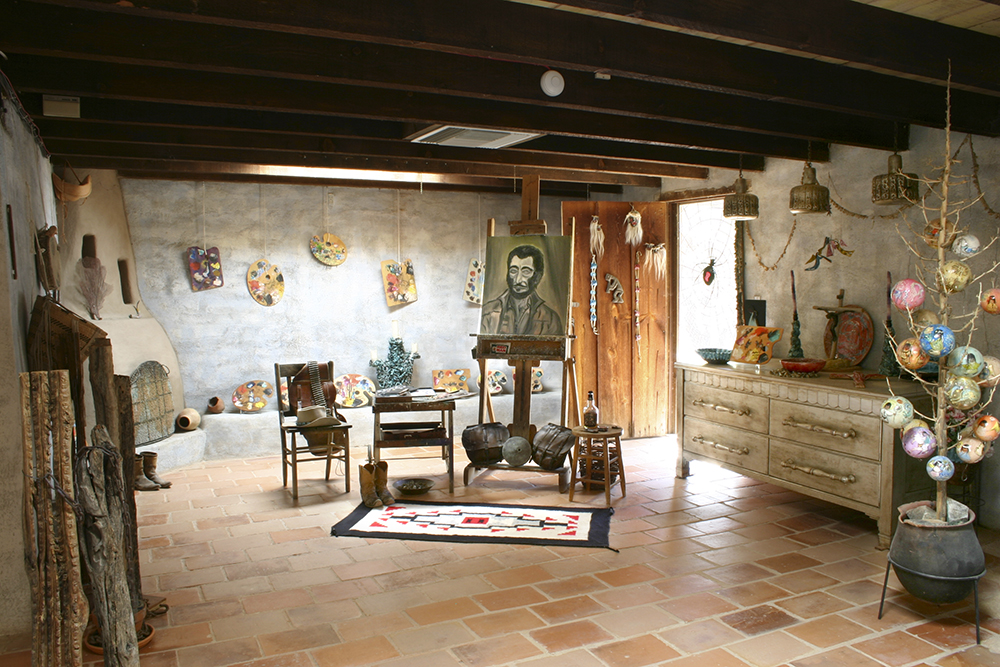
Name and Location: DeGrazia Gallery in the Sun is an iconic art gallery and museum located in the foothills of the Santa Catalina Mountains, just north of Tucson.
History and Significance: Founded by artist Ettore “Ted” DeGrazia, the gallery is set in a beautiful adobe complex designed by DeGrazia himself, showcasing his work and celebrating Southwestern culture.
What to Expect: Visitors can explore indoor and outdoor exhibits of DeGrazia’s art, including paintings, sculptures, and ceramics, in a serene desert setting.
Visitor Information: Admission is free. The gallery is open daily, with guided tours available by appointment.
Wandering the ten interconnecting buildings making up this unique desert art compound, the DeGrazia Gallery celebrates the creative legacy of Tucson artist Ted DeGrazia through his original oil paintings, swatches of colorful wall murals, and rotating exhibitions highlighting regional talent. Raised in a mining camp outside Tucson in the early 1900s, DeGrazia later gained famed for his skill capturing Native American and Mexican culture through impressionistic landscapes infused with Southwestern motifs of saguaro cacti, wild horses running free, or indigenous adobe missions bathed in sunny hues.
His Gallery in the Sun lets you experience the studio, galleries, and chapels that made up DeGrazia’s lived and worked during his prolific six decade career. Outside, strolling winding desert trails through his former home turned open-air museum reveals additional murals splashed colorfully across abandoned structures now claimed by nature. For art lovers and history buffs alike, no trip through Tucson’s creative past feels fully complete without an afternoon spent at the one-of-a-kind artistic oasis DeGrazia left behind.
Final Thoughts
With epic mountain scenery fringing rangy desert plains dotted by giant cacti waving hello, Tucson delivers inspiring landscapes around every bend. Beyond the scenery, a rich cultural storyline weaves through spicy Sonoran cuisine traditions, Wild West vibes meeting Mexican barrio heritage, and museums exploring everything from glittering gemstones unearthed nearby to cosmic attractions spotlighting astronomical wonders overhead. Taken together, Tucson’s dynamic attractions give visitors ample opportunities to dig deeper across the 27th largest metro nestled amid quintessential Southwestern scenery.
So whether seeking thrills while conquering new heights on a climbing course through desert canyons, basking in the glow of fiery sunsets watched from trailheads high above the city, or simply grabbing an overstuffed Sonoran hot dog from an acclaimed food cart ranked among the country’s best, adventures overflow from Old Pueblo days filled under sunny bluebird skies. From archeological mysteries still being unearthed to lively entertainment districts forging Tucson’s future, fun around every corner makes the possibilities for uncovering new passions seem limitless against its iconic desert backdrop.

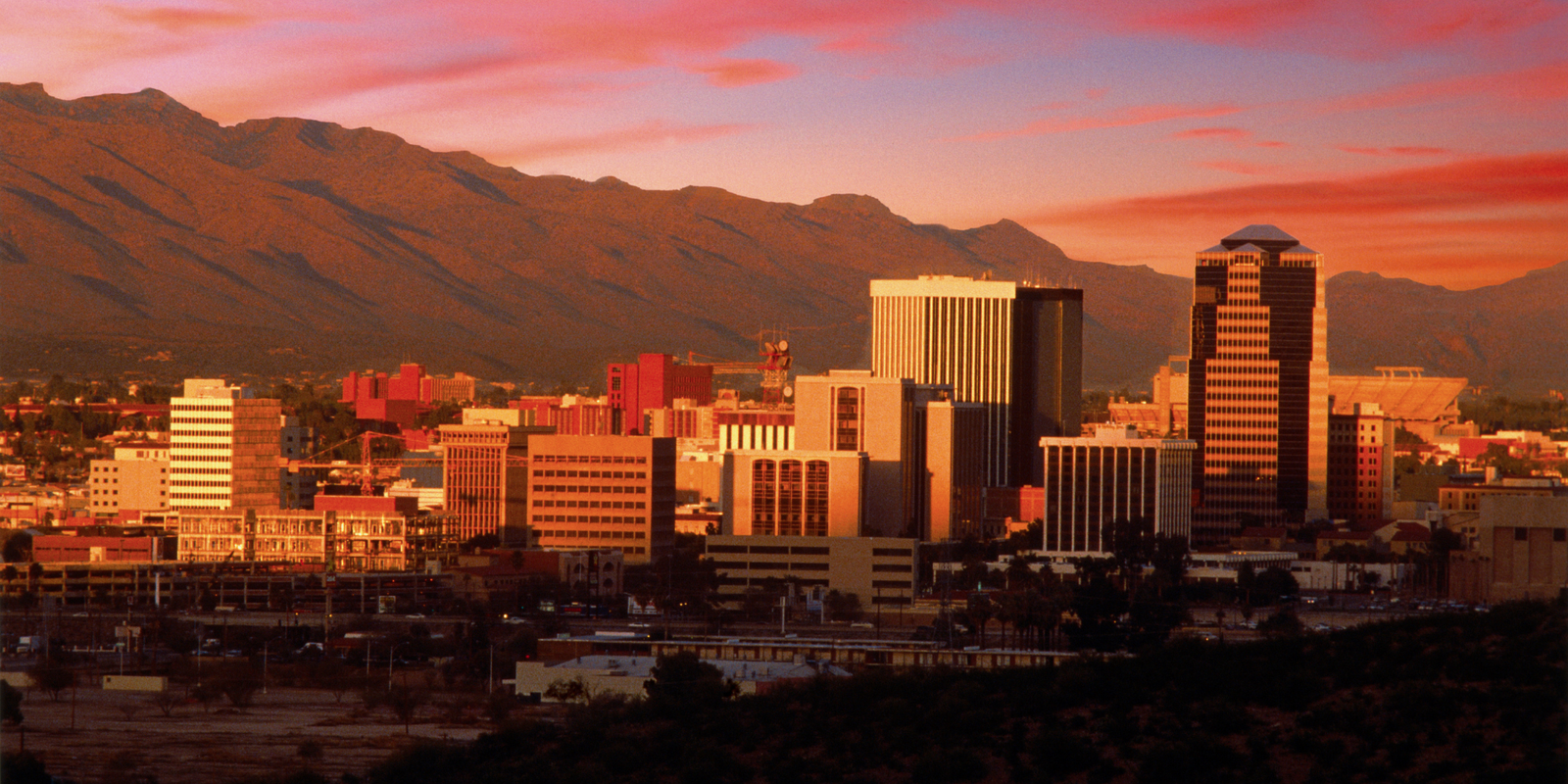
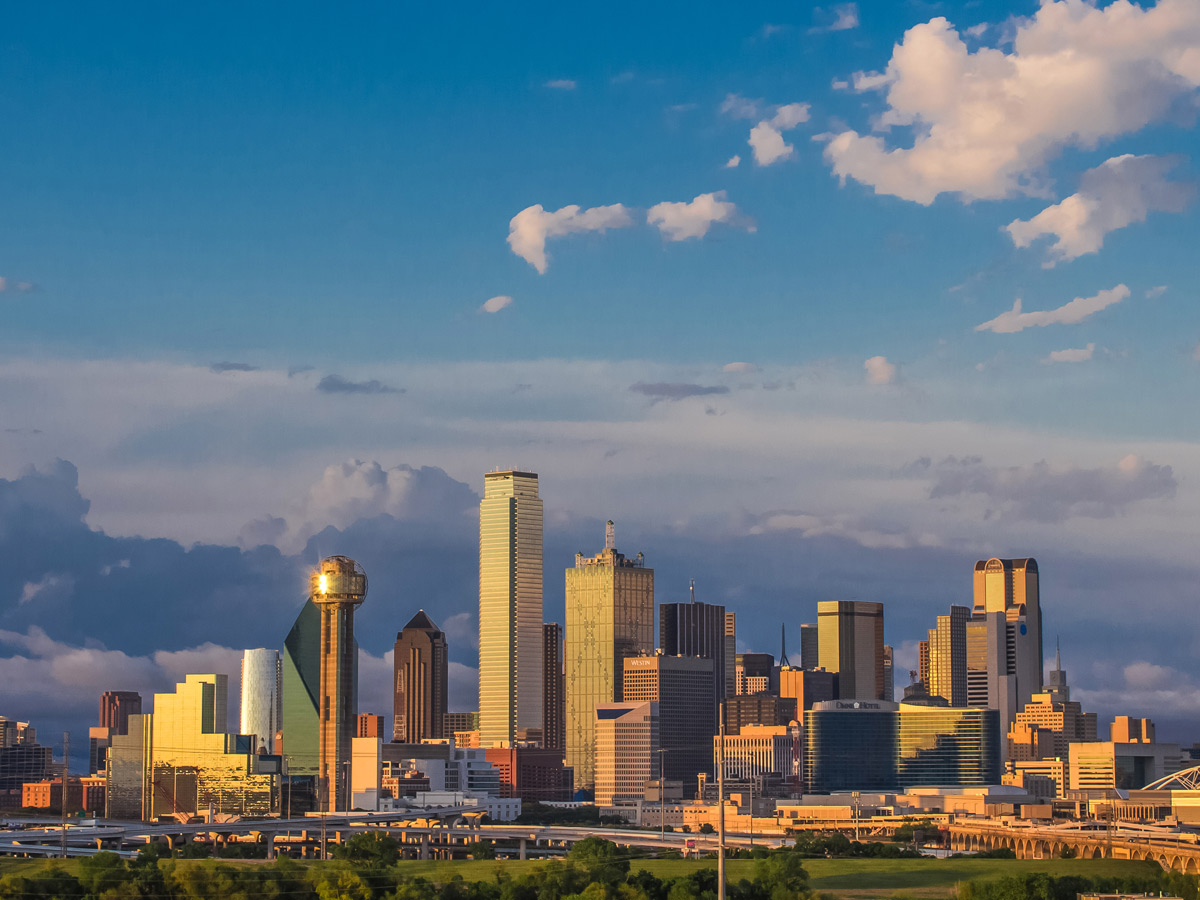

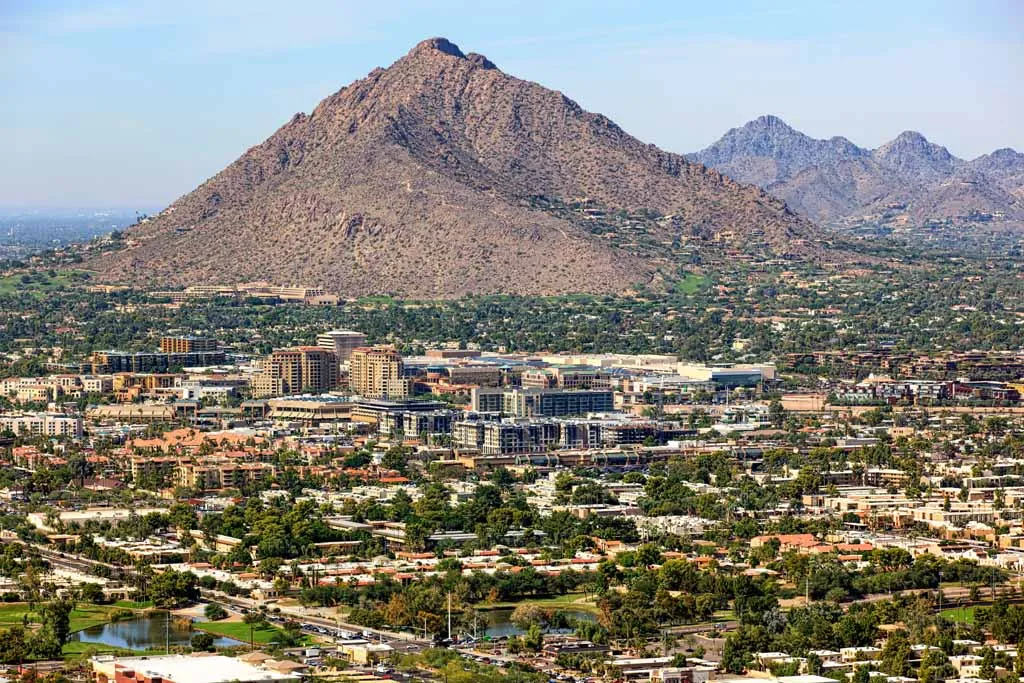
Join the Conversation